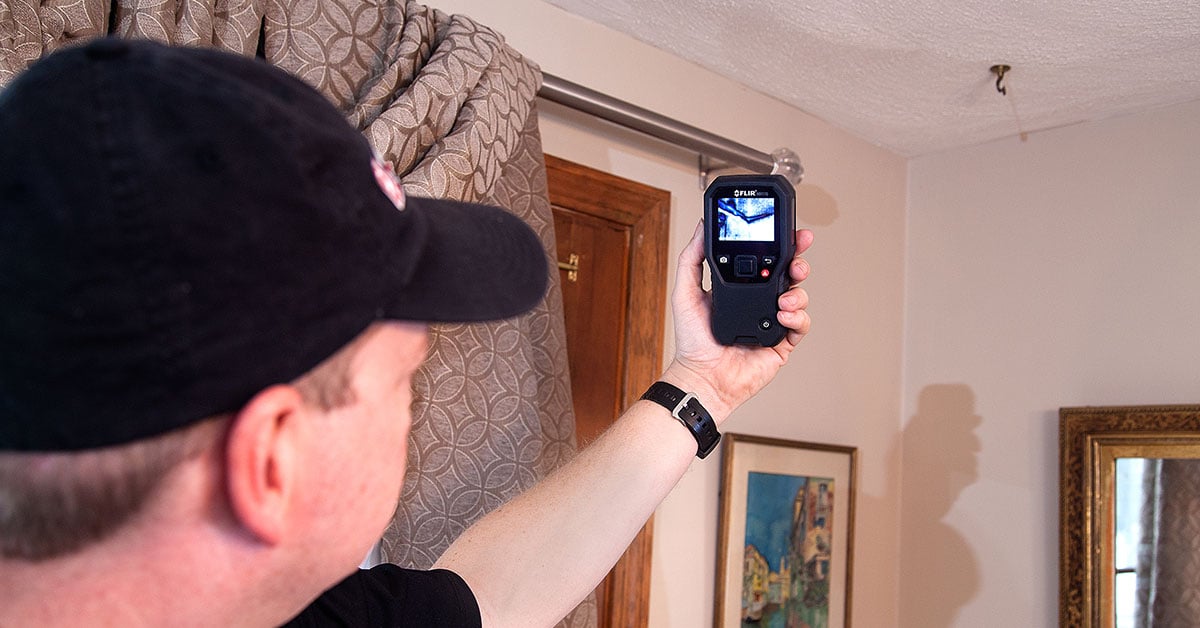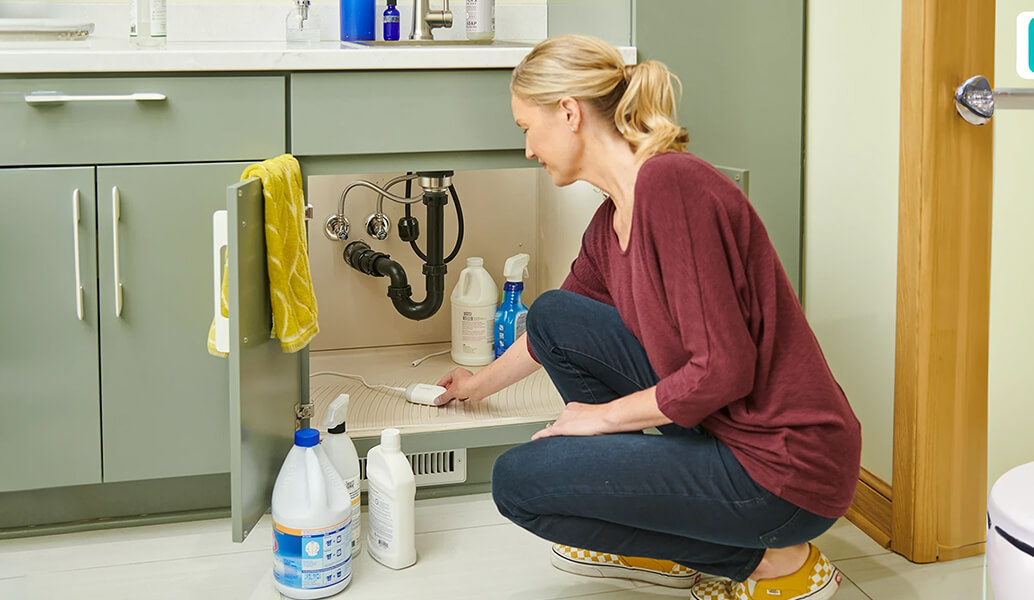Water Leak Detection: Just How to Determine and Repair Leaks Before They Create Damage
Water Leak Detection: Just How to Determine and Repair Leaks Before They Create Damage
Blog Article
Ingenious Solutions for Very Early Detection of Water Leakages in Buildings and Infrastructure
As the stability of buildings and facilities is extremely important, the challenge of early detection of water leakages has spurred cutting-edge solutions that assure to revolutionize the means we guard versus potential damages. From innovative leak discovery technologies to the implementation of IoT sensing units for real-time tracking, the landscape of leakage prevention is progressing rapidly. Artificial intelligence algorithms supply a glimpse right into the future of leakage prediction, while thermal imaging provides a non-intrusive approach for pinpointing covert leakages. Automated water circulation analysis systems are reshaping exactly how leakages are identified and attended to, leading the way for a positive strategy to water leak discovery. Each of these solutions holds the essential to ensuring the dependability and long life of our built atmosphere, triggering a change in the direction of a more lasting and reliable future.
Advanced Leak Detection Technologies
Advanced leakage detection modern technologies, outfitted with sophisticated sensing units and formulas, play a vital duty in promptly recognizing and determining water leaks in various settings. These technologies employ a combination of acoustic, thermal, and electromagnetic picking up approaches to detect leaks accurately. Acoustic sensing units spot the noise of leaving water, enabling precise localization of the leak resource. Thermal imaging identifies temperature level modifications brought on by water leak, giving one more efficient method for leakage identification. Electromagnetic sensing units can determine modifications in electro-magnetic areas triggered by water, supplying yet one more layer of leakage discovery capacity.

IoT Sensors for Real-Time Monitoring
In the realm of contemporary water leakage discovery, the integration of IoT sensors for real-time tracking stands for a crucial advancement in boosting positive leakage discovery capabilities. These sensors provide constant surveillance of water supply, giving real-time data on water flow prices, stress variants, and temperature level changes. By leveraging IoT modern technology, these sensors can find even the smallest anomalies in water use patterns, enabling very early recognition of possible leaks before they intensify right into major problems.
IoT sensing units transfer data to a centralized platform, where advanced algorithms analyze the information and generate alerts or notifications when irregularities are spotted. This real-time monitoring capability permits homeowner or facility managers to promptly address leakages, decreasing water damages, decreasing repair work costs, and preserving water sources.
In addition, IoT sensing units can be integrated with structure monitoring systems, permitting automated feedbacks to identified leakages, such as shutting down water shutoffs or triggering pumps to reduce the impact of leakages. In general, the implementation of IoT sensing units for real-time tracking considerably enhances the performance and efficiency of water leakage discovery in buildings and framework.
Device Learning Algorithms for Leakage Prediction

One key benefit of making use of maker knowing for leak forecast is its capability to continuously find out and enhance its accuracy with time. As even more data is accumulated and fed into the algorithm, it can fine-tune its predictions and adjust to transforming problems, ultimately increasing the dependability of leak discovery systems.
Furthermore, artificial intelligence algorithms can help in determining refined signs of leaks that might go unnoticed by conventional surveillance techniques. water leak detection. By evaluating complicated information collections in real-time, these algorithms can provide very early cautions and notifies, enabling timely treatment and preventive upkeep to mitigate prospective water damage and connected prices
Utilizing Thermal Imaging for Leakage Detection
Thermal imaging innovation supplies an encouraging approach for spotting water leaks in different systems and facilities. By making use of infrared radiation and temperature level check my reference variances, thermal imaging cameras can identify covert leaks that are not easily visible to the naked eye.
One of the essential advantages of thermal imaging for leak detection is its non-intrusive nature. Unlike conventional techniques that may need getting into walls or floors to locate you could try here leaks, thermal imaging allows for non-destructive screening. This not just conserves time and lowers prices however likewise decreases disturbance to the structure or framework being analyzed. In addition, thermal imaging can quickly check big locations, offering an extensive summary of potential leak resources in a prompt way. Generally, the usage of thermal imaging innovation improves the efficiency and precision of water leakage detection, making it a valuable device for preserving the integrity of structures and facilities.
Automated Water Circulation Evaluation Solutions
How can computerized water flow evaluation systems revolutionize the discovery and monitoring of leakages in numerous systems and frameworks? Automated water flow analysis systems offer an aggressive method to leakage discovery by constantly keeping track of water circulation rates and patterns. By developing baseline data, these systems can quickly identify discrepancies that might indicate a leakage, making it possible for timely treatment to avoid considerable damage.
These systems utilize sophisticated formulas to analyze real-time data and give prompt informs when abnormalities are discovered, permitting for quick activity to be taken. Furthermore, computerized water flow analysis systems can be incorporated with structure monitoring systems or IoT platforms, improving general performance and enabling remote tracking abilities.
Additionally, the data collected by these look these up systems can be used for predictive maintenance purposes, aiding to determine prospective weak points in the framework before leakages happen. In general, the application of computerized water circulation evaluation systems can substantially enhance leak detection and monitoring practices, ultimately leading to cost savings, reduced water wastefulness, and raised sustainability in structures and facilities.

Conclusion
In conclusion, the integration of advanced leak detection innovations, IoT sensing units, artificial intelligence algorithms, thermal imaging, and automated water flow analysis systems provides ingenious services for early discovery of water leaks in buildings and facilities. These innovations allow real-time tracking, forecast of leaks, and effective detection techniques to avoid water damage and wastage. Executing these services can help in maintaining the integrity and sustainability of water systems in various setups.
Report this page